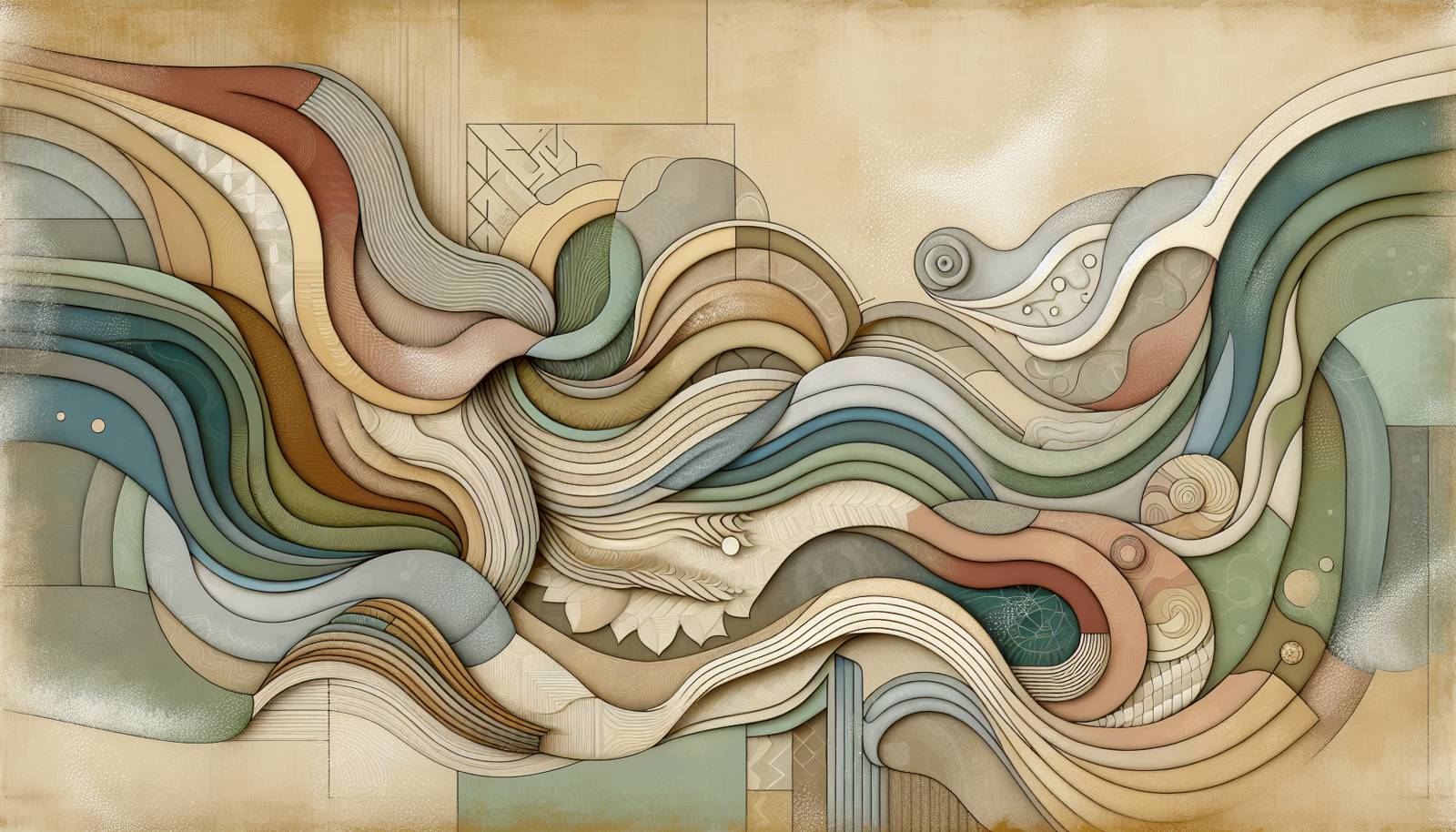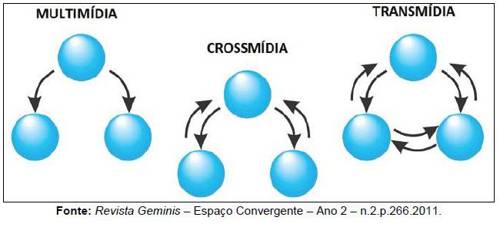
FAQ About The Evolution of Folk Narratives in Transmedia Storytelling

What is transmedia storytelling?
Transmedia storytelling refers to the technique of telling a single narrative or story experience across multiple platforms and formats. This approach is used to create a coordinated and unified entertainment experience as different parts of the story are explored in films, books, games, and other media.

How are folk narratives adapted for transmedia storytelling?
In transmedia storytelling, folk narratives are adapted by extending their stories across various media platforms. This involves reimagining traditional folktales in formats suitable for modern audiences, such as films, video games, online series, graphic novels, and interactive experiences. The core elements of the narrative are retained while adding new dimensions, characters, or technological enhancements to enrich and expand the story.

What are some examples of folk narratives used in transmedia projects?
Some well-known examples of folk narratives adapted for transmedia projects include the Arthurian legends, which have been portrayed in books, films, and video games; the tales of Dracula, featured in novels, movies, and TV series; and the stories of Greek mythology, adapted into movies like the 'Percy Jackson' series and video games like 'God of War.'

Why is transmedia storytelling significant in the context of folk narratives?
Transmedia storytelling is significant for folk narratives because it allows these traditional stories to reach wider audiences in diverse formats. It preserves cultural heritage by introducing classic tales to new generations and global audiences. This approach also provides opportunities to explore these narratives from multiple perspectives and create interactive and immersive experiences.

How does transmedia storytelling enrich cultural heritage?
Transmedia storytelling enriches cultural heritage by revitalizing and preserving traditional folk narratives, making them accessible and engaging for contemporary audiences. By adapting these stories across different media, transmedia storytelling ensures that cultural tales survive and thrive in a globalized world, fostering cultural understanding and appreciation.

What challenges do creators face when adapting folk narratives into transmedia projects?
Creators often face several challenges when adapting folk narratives into transmedia projects, such as maintaining the authenticity and integrity of the original story while appealing to modern tastes. Balancing tradition with innovation, addressing cultural sensitivities, and synchronizing story elements across various platforms are also significant challenges.

What role do modern technologies play in transmedia storytelling of folk narratives?
Modern technologies play a crucial role in the transmedia storytelling of folk narratives by offering new ways to create, distribute, and interact with stories. Technologies like virtual reality (VR), augmented reality (AR), and interactive digital platforms enable immersive storytelling experiences, allowing audiences to engage with traditional narratives in innovative, dynamic, and personalized ways.

Can transmedia storytelling change the core elements of a folk narrative?
While transmedia storytelling can introduce new elements and interpretations, the core elements of a folk narrative typically remain intact to preserve the story's authenticity and cultural significance. However, adaptations across different media might emphasize different aspects of the narrative or offer new perspectives, thereby enriching the original story.

What is the impact of transmedia storytelling on audience engagement with folk narratives?
Transmedia storytelling significantly enhances audience engagement with folk narratives by offering interactive and multi-dimensional storytelling experiences. Audiences can choose how they want to interact with the story, whether through reading, watching, playing, or exploring various narrative layers across different platforms, leading to deeper emotional involvement and connection with the narrative.

How does transmedia storytelling influence modern literature?
Transmedia storytelling influences modern literature by encouraging writers to think beyond traditional book formats and incorporate multimedia elements into their narratives. Authors may leverage digital platforms, social media, and interactive tools to expand their stories, create spin-offs, or collaborate with filmmakers and game developers to enrich the narrative experience, ultimately reaching a broader audience.

In what ways have films benefited from adapting folk narratives through transmedia storytelling?
Films have benefited from adapting folk narratives through transmedia storytelling by gaining richer backstories, expanded universes, and deeper character development. This approach allows filmmakers to create more complex narratives that can be explored in sequels, spin-offs, and other media forms, thereby enhancing the story's reach and impact.

What is the connection between video games and folk narratives in transmedia storytelling?
In transmedia storytelling, video games often serve as a dynamic platform for exploring and expanding folk narratives. Games allow players to immerse themselves in the narrative world, interact with characters, and make choices that can alter the storyline, offering a participatory experience that traditional storytelling mediums cannot. This interaction adds depth to the narrative and helps preserve its essence in engaging ways.

How are cultural sensitivities addressed in the transmedia adaptation of folk narratives?
Addressing cultural sensitivities is crucial in the transmedia adaptation of folk narratives. Creators often work with cultural experts and communities to ensure respectful and accurate representations. Sensitivity in adapting traditions, using inclusive practices, and acknowledging the source culture helps prevent cultural appropriation and fosters a genuine appreciation of the narrative's origins.

What are common misconceptions about transmedia storytelling of folk narratives?
Common misconceptions about transmedia storytelling of folk narratives include the idea that it dilutes the original story or that it is solely for commercial gain. In reality, transmedia storytelling seeks to enhance the narrative by offering multiple entry points and enriching the original tale, often rooted in a commitment to preserving and celebrating cultural myths and stories.

Are there particular genres of folk narratives that are more suited for transmedia storytelling?
Certain genres of folk narratives, like hero myths, fairy tales, and ancient legends, are particularly suited for transmedia storytelling due to their rich narratives and universal themes. These stories often contain complex characters and plots that can be effectively expanded across different media, catering to diverse audience interests and engaging storytelling possibilities.

How do transmedia storytelling projects impact the longevity of folk narratives?
Transmedia storytelling projects can significantly impact the longevity of folk narratives by reinvigorating interest in these stories and ensuring their relevance in the modern world. By presenting them in various formats, these projects attract new audiences, contribute to cultural preservation, and create opportunities for stories to evolve with time while retaining their core essence.

What strategies do creators use to ensure successful transmedia storytelling of folk narratives?
Creators use several strategies to ensure successful transmedia storytelling of folk narratives, including thorough research of the original narratives, creative collaboration across disciplines, and keeping the core elements consistent across platforms. They also focus on audience engagement by providing multiple ways to interact with the narrative and utilizing novel technologies to enhance storytelling.

How does transmedia storytelling contribute to the global dissemination of folk narratives?
Transmedia storytelling contributes to the global dissemination of folk narratives by transforming them into universally accessible experiences. By leveraging various media platforms and languages, these narratives become embedded in international popular culture, breaking regional boundaries and promoting cross-cultural understanding and sharing of traditional stories worldwide.

Can transmedia storytelling help in educational initiatives involving folk narratives?
Yes, transmedia storytelling can significantly aid educational initiatives involving folk narratives by making learning engaging and interactive. Educators can use multi-platform storytelling to teach history, culture, and literature, allowing students to explore narratives through films, games, and interactive digital content, fostering a deeper understanding and appreciation of cultural heritage.

What are some future trends in transmedia storytelling of folk narratives?
Future trends in transmedia storytelling of folk narratives may include increased use of augmented reality (AR) and virtual reality (VR) for immersive experiences, more collaborative projects that incorporate fan-generated content, and advanced interactive storytelling platforms. These trends aim to deepen audience engagement, appeal to tech-savvy generations, and continue evolving the way folk stories are shared and experienced.
